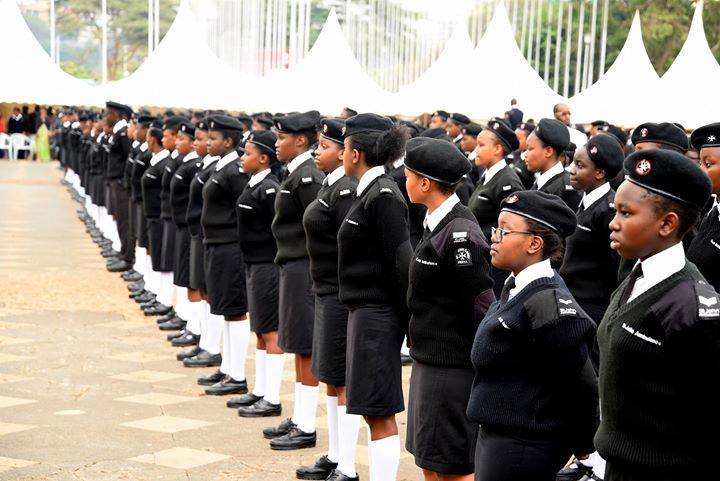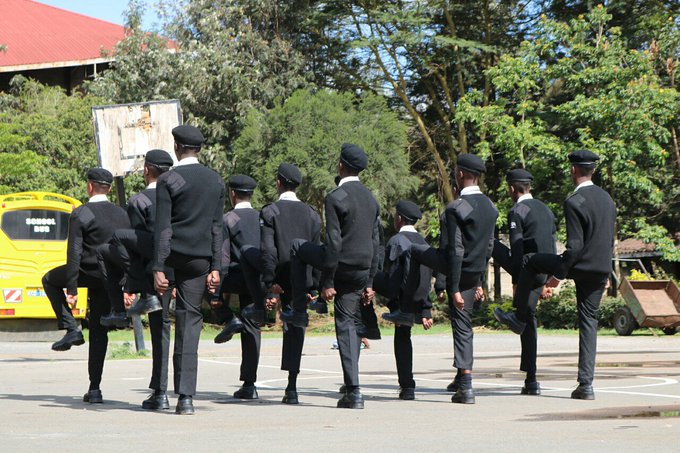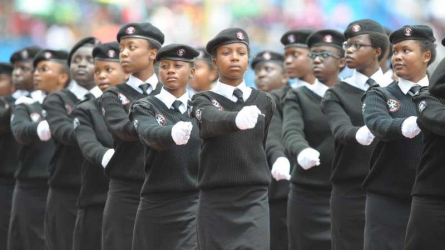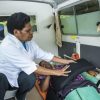Equipping students with knowledge about what to do in the event of a disaster is critical to saving lives
In a bid to increase safety in disaster-prone schools, St John Ambulance making efforts to improve safety of learners through their Cadet and Dolphin programs.
Dolphins are pupils below 13 years in primary schools, while Cadet is for students between 13-17 years in secondary level.
As part of the initiative, the charity is teaching these schoolchildren in fire safety, first-aid, and other disaster preparedness skills needed to stabilize a patient until an ambulance arrives.
The number of students enrolled in the programme has risen to 13,757 in 2017 compared to 10,559 in 2016, representing a 30 percent increase.
Botswana is still grappling with the challenge of serious school fire incidents, making the initiative to reach out to schools an important one.
In the past, these incidents have led to student deaths, loss of property worth millions and disruption of learning.
Among the cases that stirred the nation’s conscience was the 2017 Moi Girls High school fire, where ten students died.
In 2001, 68 boys were burnt to death in Kyanguli Secondary School fire in Machakos. In the same year, in Bombolulu Girls at the Coast, 58 children died in a dormitory fire.
More than 120 schools were burnt in a wave of arson attacks in 2016, leading to student deaths, loss of property worth millions and disruption of learning.
The major causes of such fires include electrical faults and arson attacks by disgruntled students.
Disaster awareness and preparedness is something we need to impress on children from an early age.
By involving school children, risk can be mitigated and future losses and damages reduced.
Understanding risk, having an orderly evacuation plan, and teaching basic lifesaving skills such as first aid are critical to ensuring students and teachers make it to safety when faced with rapid onset disasters like fire outbreaks.
Equipping students with the knowledge about local hazards and what to do in the event of a disaster is critical to saving lives.
Already St John Ambulance have worked with other education ministry and stakeholders to weave first aid and emergency preparedness into the curriculum at all levels.
What is required thereafter is going through rehearsals of what to do via simulations or drills.
Emergencies can be stressful and chaotic, but by practicing, teachers and students will be better equipped to respond calmly and effectively.
Schools are key means through which communities receive information and instruction on disaster preparedness.”
With support of volunteers, teachers and education officers, we’ve been able to conduct on-the-ground activities, engaging more than 13,000 students while also raising the risk awareness and disaster preparedness of Botswana’s future generations.
Moving forward, St John Ambulance is still trying get a partnership with the Ministry of Education, so as to extend this safety initiative to more vulnerable schools.




